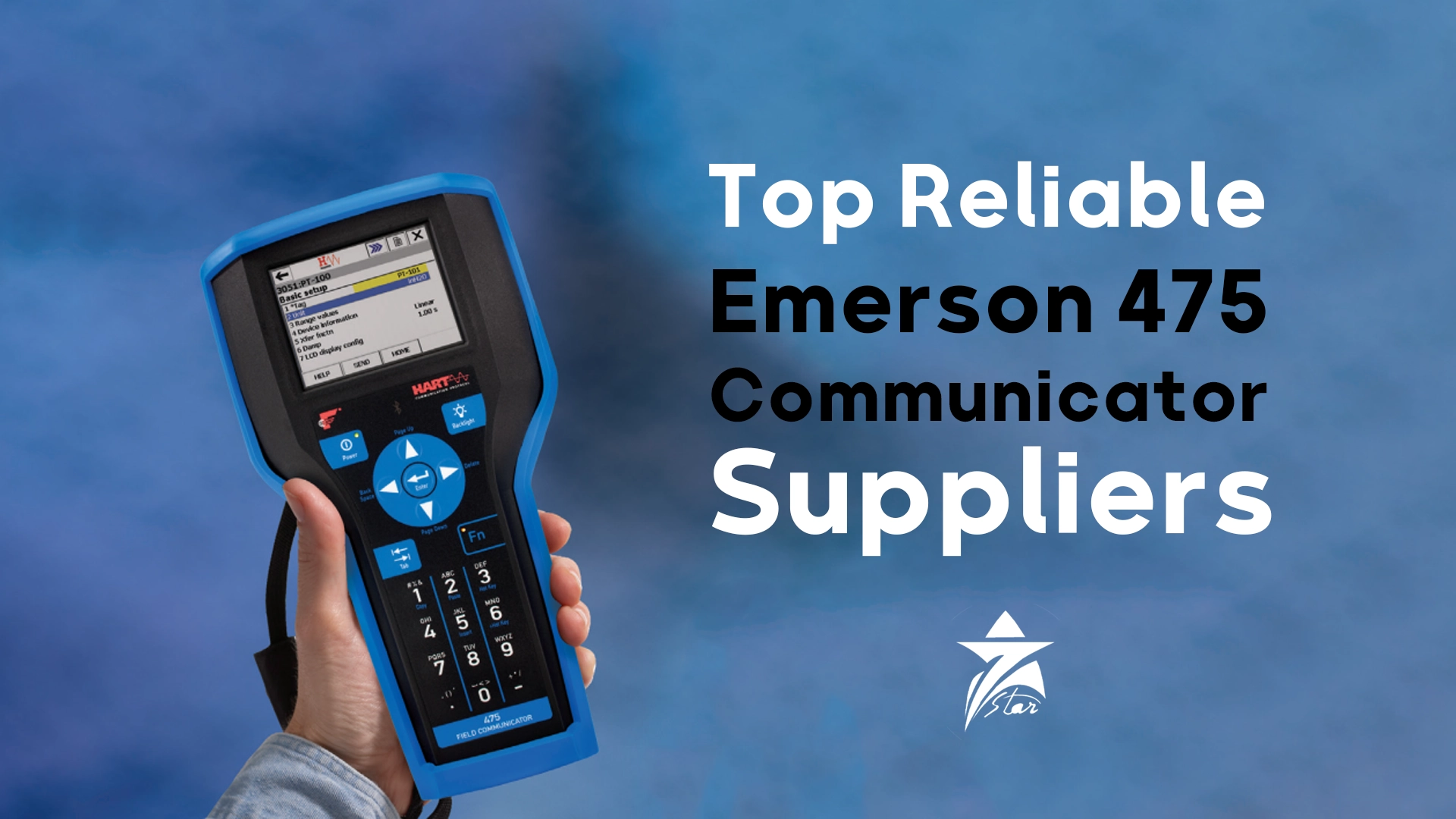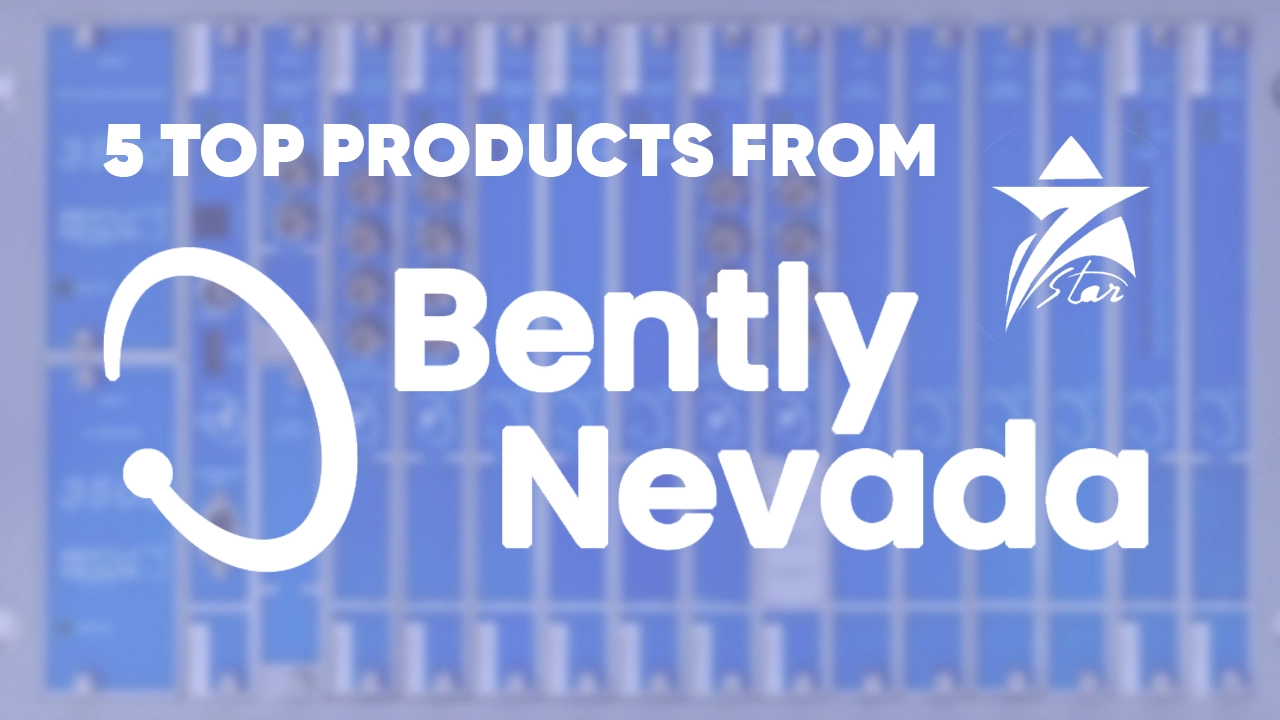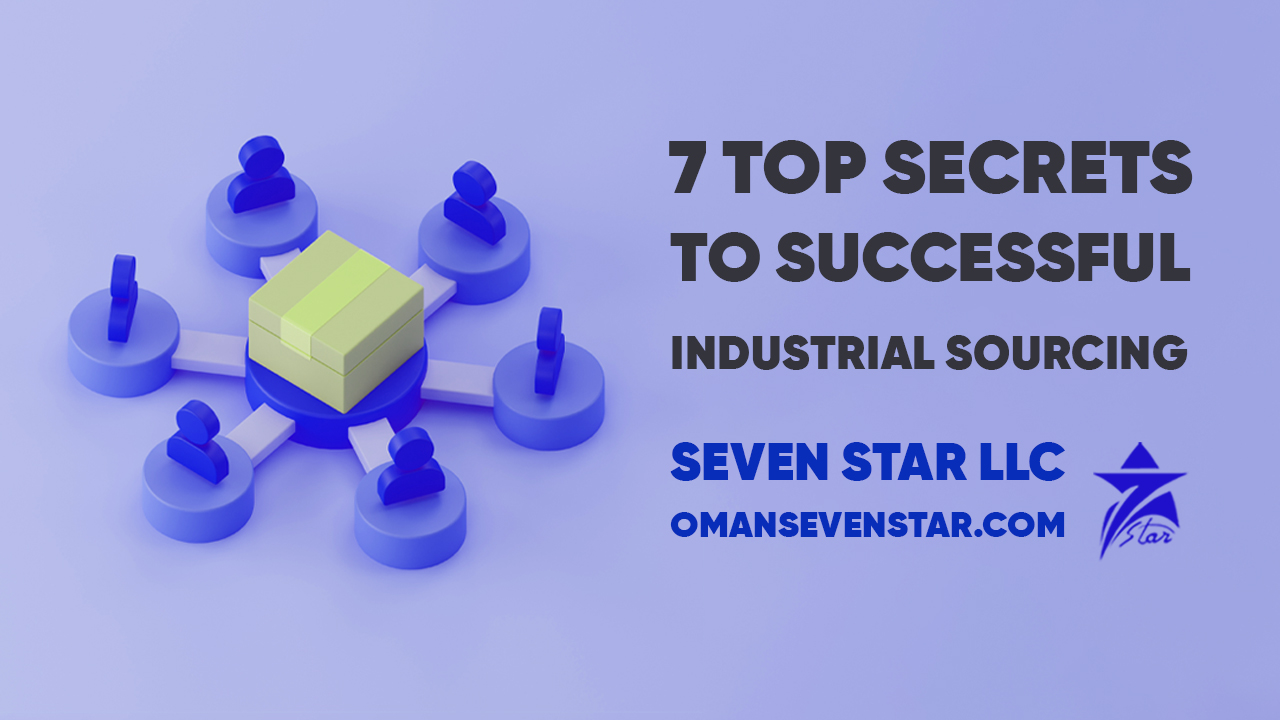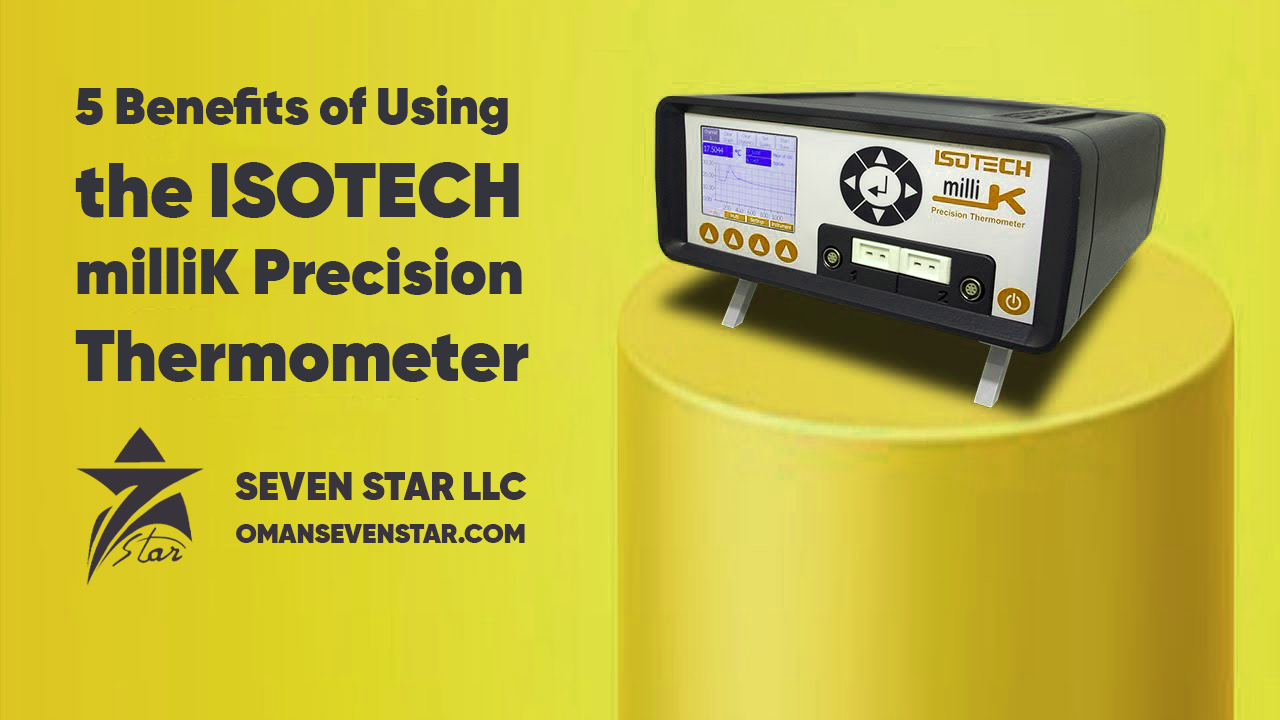Blog

5 Critical Ways to Cut Industrial Costs
Picture this: You’re standing on the factory floor at 6 AM, coffee in hand, watching your production line hum along. Everything looks smooth, but deep down, you know those operational costs are eating into your profits like termites in wooden beams. Sound familiar?
If you’re a supply chain and procurement specialist in Oman’s thriving industrial landscape, you’re probably juggling multiple cost pressures right now. Raw material prices fluctuating like a rollercoaster, energy bills that make you wince, and equipment maintenance costs that seem to multiply overnight. I get it – cutting industrial costs without compromising quality feels like trying to solve a Rubik’s cube blindfolded.
But here’s the thing: 5 Critical Ways to Cut Industrial Costs aren’t just theoretical concepts gathering dust in some MBA textbook. They’re practical, battle-tested strategies that forward-thinking companies across Oman are using to slash expenses while boosting productivity. And I’m about to share them with you.
Whether you’re managing procurement for a petrochemical plant in Sohar or overseeing operations at a manufacturing facility in Muscat, these 5 Critical Ways to Cut Industrial Costs will transform how you think about industrial cost reduction. Let’s dive in.
1. Embrace Smart Automation: Your 24/7 Cost-Cutting Champion
Industrial automation cost benefits go far beyond just replacing human workers – they’re about creating a lean, mean, profit-generating machine that works around the clock without coffee breaks or sick days.
The Real Deal on Automation ROI
I once visited a textile manufacturer in Nizwa who was skeptical about automation. “Too expensive,” he said. Six months after implementing automated quality control systems, his defect rates dropped by 40%, and rework costs plummeted. That’s the power of smart manufacturing cost savings in action, and it’s the first of our 5 Critical Ways to Cut Industrial Costs.
Automated systems for industrial cost savings deliver results in multiple ways:
Labor Cost Optimization: While automation requires upfront investment, it reduces long-term labor costs significantly. A single automated packaging line can replace 3-4 workers per shift, saving approximately OMR 36,000 annually in labor costs alone.
Consistency Equals Savings: Machines don’t have bad days. They don’t make errors because they’re tired or distracted. This consistency translates to fewer defects, less waste, and reduced quality control costs.
Speed and Efficiency: Automated systems typically operate 15-25% faster than manual processes, increasing throughput without additional labor costs.
Automation Technologies That Actually Work
The 5 Critical Ways to Cut Industrial Costs include selecting the right automation tools for your specific needs. Here’s what’s working in Oman’s industrial sector:
Robotic Process Automation (RPA): Perfect for repetitive tasks like inventory management and quality inspections. Companies report 20-30% reduction in processing costs after RPA implementation.
Smart Sensors and IoT Integration: These little digital eyes and ears monitor everything from temperature fluctuations to vibration patterns, preventing costly breakdowns before they happen.
Automated Material Handling: Conveyor systems, automated guided vehicles (AGVs), and robotic palletizers reduce labor costs while minimizing workplace injuries.
For comprehensive automation solutions tailored to Oman’s industrial needs, explore our top instrumentation brands and suppliers – your one-stop destination for cutting-edge industrial automation technologies.
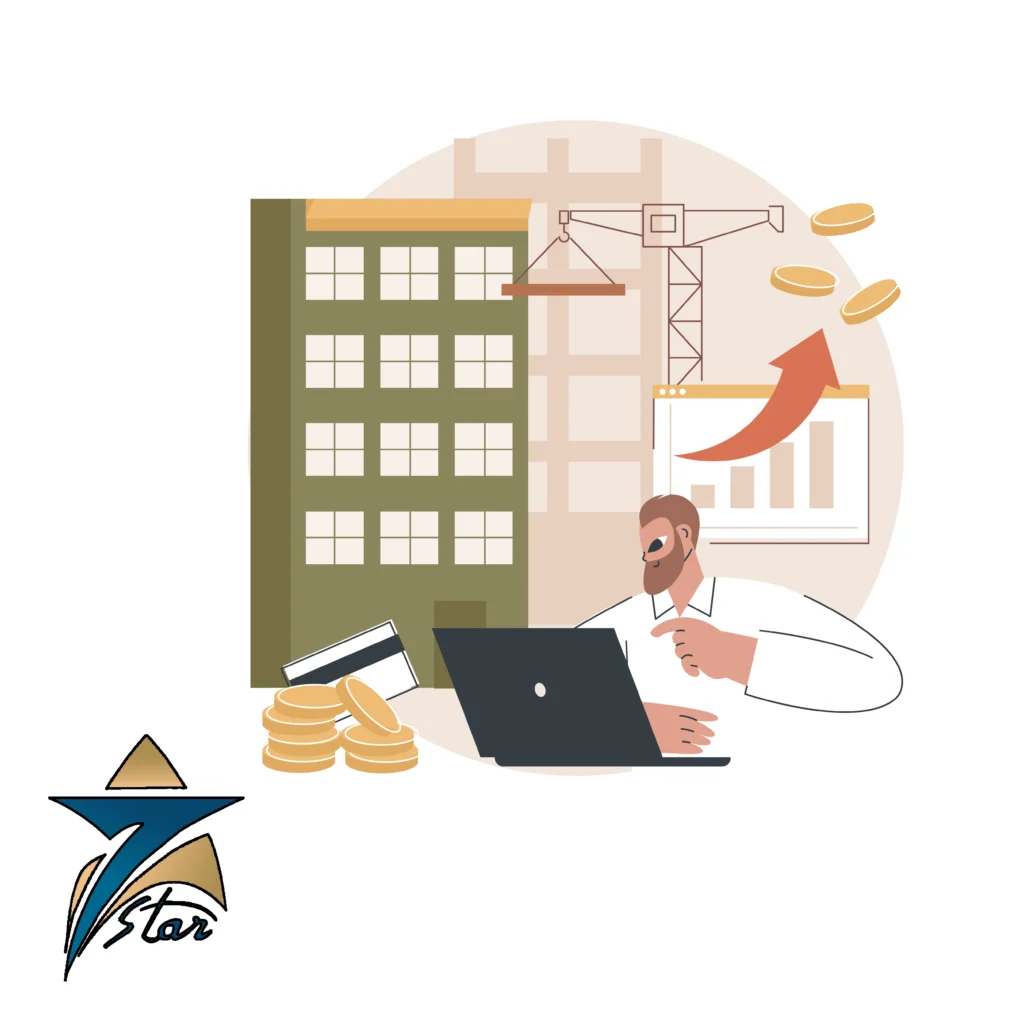
2. Master Energy Efficiency: Turn Your Power Bills from Enemy to Ally
Energy cost reduction industry strategies aren’t just about being environmentally responsible – they’re about keeping more money in your pocket. With Oman’s industrial sector consuming massive amounts of energy, even small efficiency improvements can generate substantial savings, making energy management a crucial element among the 5 Critical Ways to Cut Industrial Costs.
The Hidden Energy Drains in Your Facility
Most facility managers focus on obvious energy consumers like large motors and heating systems. But I’ll let you in on a secret: the biggest energy savings often come from addressing the less obvious culprits.
Compressed Air Systems: These are notorious energy vampires. A single 1/8-inch leak in a compressed air system can cost you OMR 2,500 annually. Multiply that by dozens of potential leak points, and you’re looking at serious money.
Motor Efficiency: Upgrading to high-efficiency motors can reduce energy consumption by 2-8%. For a facility spending OMR 100,000 annually on electricity, that’s OMR 2,000-8,000 in savings.
Power Factor Correction: Poor power factor can increase your electricity bills by 10-25%. Installing power factor correction equipment is often overlooked but delivers immediate returns.
Smart Energy Management Systems
Best energy management systems for factories combine real-time monitoring with automated control systems. Here’s how they’re revolutionizing industrial overhead cost cutting:
Real-Time Energy Monitoring: Knowledge is power – literally. When you can see exactly where and when energy is being consumed, you can make targeted improvements.
Automated Demand Response: These systems automatically adjust energy consumption during peak pricing periods, potentially saving 15-30% on electricity costs.
Predictive Energy Analytics: Advanced systems predict energy demand patterns and optimize consumption accordingly.
Our compressor and cooling suppliers offer energy-efficient solutions specifically designed for Oman’s challenging climate conditions.
Practical Energy Efficiency Quick Wins
While major system upgrades require planning, these immediate actions can start saving money tomorrow:
LED Lighting Conversion: Reducing lighting costs by 50-70% with LED upgrades that pay for themselves within 18-24 months.
Variable Frequency Drives (VFDs): Installing VFDs on pumps and fans can reduce energy consumption by 20-40%.
Smart Scheduling: Implementing automated equipment scheduling to avoid running non-critical systems during peak rate periods.
3. Implement Lean Manufacturing: Eliminate Waste, Maximize Value
Lean manufacturing cost cutting isn’t a trendy management fad – it’s a systematic approach to identifying and eliminating waste in all its forms. When implemented correctly, this third component of the 5 Critical Ways to Cut Industrial Costs can reduce operational expenses by 15-25%.
The Eight Wastes That Are Bleeding Your Profits
Traditional lean manufacturing identifies seven wastes, but I always include an eighth: unused employee creativity. Here’s how each waste type impacts your production cost optimization:
Overproduction: Making more than needed ties up capital and storage space. I’ve seen companies reduce inventory costs by 30% simply by implementing pull-based production systems.
Waiting: When workers or machines sit idle, you’re paying for non-productive time. Analyzing workflow bottlenecks can reveal surprising savings opportunities.
Transportation: Unnecessary movement of materials wastes time and resources. Redesigning factory layouts can reduce transportation costs by 15-20%.
Inappropriate Processing: Using expensive equipment for simple tasks is like using a Ferrari for grocery shopping. Process optimization can reduce costs while maintaining quality.
Excessive Inventory: Capital tied up in inventory is capital not generating returns. Just-in-time inventory management can free up 20-40% of working capital.
Unnecessary Motion: Workers walking excessive distances or reaching for tools wastes time. Ergonomic workstation design improves productivity and reduces fatigue.
Defects: Every defective product consumes materials and labor without generating revenue. Quality improvements directly impact the bottom line.
Unused Creativity: Your employees often have the best ideas for improvement – if you ask them.
Lean Implementation Strategies That Work
5S Workplace Organization: This foundational lean tool creates organized, efficient workspaces that reduce search time and improve productivity. Companies typically see 10-15% productivity improvements after 5S implementation.
Value Stream Mapping: This visual tool helps identify bottlenecks and waste throughout your production process. I’ve seen value stream mapping reveal hidden inefficiencies that were costing companies thousands monthly.
Kaizen Events: Focused improvement workshops that engage employees in cost reduction efforts. These events often generate immediate savings while building a culture of continuous improvement.
For specialized equipment that supports lean manufacturing initiatives, check out our reliable industrial parts suppliers who understand the unique requirements of lean operations.
Measuring Lean Success
Inventory Turnover: Higher turnover rates indicate improved efficiency and reduced carrying costs.
Lead Time Reduction: Shorter lead times typically correlate with lower costs and higher customer satisfaction.
Overall Equipment Effectiveness (OEE): This metric combines availability, performance, and quality into a single measure of manufacturing productivity.
Cost per Unit: The ultimate measure of lean success is reducing the cost to produce each unit while maintaining quality.

4. Optimize Your Supply Chain: Transform Procurement from Cost Center to Profit Generator
Supply chain cost reduction represents one of the most overlooked opportunities in the 5 Critical Ways to Cut Industrial Costs. Smart procurement isn’t just about negotiating lower prices – it’s about creating a strategic advantage that compounds savings throughout your operation.
Strategic Supplier Partnerships vs. Transactional Relationships
Too many procurement professionals still operate in “bid and buy” mode, constantly chasing the lowest price. But here’s what I’ve learned from working with successful companies in Oman: negotiating supplier contracts for cost reduction is about building partnerships, not just cutting checks.
Long-term Value Creation: Establishing strategic relationships with key suppliers often leads to better pricing, priority service, and collaborative problem-solving. I’ve seen companies reduce procurement costs by 12-18% simply by consolidating suppliers and negotiating longer-term contracts.
Risk Mitigation: Diversifying your supplier base protects against supply disruptions that can cost far more than the savings from choosing the cheapest option. Recent global supply chain disruptions have taught us that reliability has a quantifiable value.
Innovation Collaboration: Your best suppliers can become innovation partners, sharing new technologies and process improvements that generate savings beyond simple price reductions.
Digital Procurement Transformation
Smart manufacturing cost reduction technologies are revolutionizing how we approach procurement as part of the 5 Critical Ways to Cut Industrial Costs:
Automated Purchase Order Processing: Reduces processing costs by 60-80% while eliminating errors that lead to costly disputes and delays.
Spend Analytics: Understanding exactly where and how you spend money reveals optimization opportunities that aren’t obvious from individual transactions.
Supplier Performance Management: Data-driven supplier evaluation ensures you’re working with partners who deliver value, not just low prices.
For comprehensive industrial solutions, our Seven Star B2B Marketplace connects you with verified suppliers offering competitive pricing and reliable service throughout the Middle East.
Inventory Optimization Strategies
Just-in-Time (JIT) Inventory: Cost advantages of just-in-time inventory include reduced carrying costs, minimized obsolescence, and improved cash flow. However, JIT requires reliable suppliers and accurate demand forecasting.
ABC Analysis: Focusing procurement efforts on high-value items (A items) while streamlining processes for low-value items (C items) optimizes resource allocation.
Vendor-Managed Inventory (VMI): Transferring inventory management responsibility to key suppliers can reduce administrative costs while ensuring availability.
Our network includes specialized suppliers for every industrial need, from sensors and transmitters to petrochemical supplies, ensuring you have access to quality products with local support.
5. Leverage Predictive Maintenance: From Reactive Firefighting to Proactive Profit Protection
Predictive maintenance cost savings examples demonstrate why this technology represents the crown jewel of the 5 Critical Ways to Cut Industrial Costs. Instead of waiting for equipment to break down or servicing it on arbitrary schedules, predictive maintenance uses data to optimize maintenance timing and prevent costly failures.
The True Cost of Equipment Downtime
Before diving into predictive maintenance benefits, let’s quantify what unplanned downtime actually costs. For a typical manufacturing operation in Oman:
Direct Production Loss: OMR 5,000-15,000 per hour for medium-sized operations.
Emergency Repair Costs: 3-5 times higher than planned maintenance costs due to overtime labor and expedited parts delivery.
Quality Issues: Equipment operating outside optimal parameters often produces defective products before complete failure.
Safety Risks: Unexpected failures can create dangerous conditions for workers.
Customer Impact: Delivery delays damage customer relationships and can result in contract penalties.
How Predictive Maintenance Works
Condition Monitoring Technologies form the foundation of effective predictive maintenance as the fifth element of the 5 Critical Ways to Cut Industrial Costs:
Vibration Analysis: Detects bearing wear, misalignment, and imbalance before they cause failures. A vibration monitoring system can identify problems 2-6 months before catastrophic failure.
Thermal Imaging: Identifies electrical problems, friction issues, and insulation breakdown. Thermal monitoring prevents 60-80% of electrical failures.
Oil Analysis: Reveals engine and hydraulic system condition through contamination and wear particle analysis.
Ultrasonic Detection: Identifies compressed air leaks, electrical arcing, and bearing problems through sound analysis.
Our vibration monitoring specialists provide comprehensive condition monitoring solutions tailored to your specific equipment and operational requirements.
Measurable Predictive Maintenance Benefits
Reduced Maintenance Costs: 10-40% reduction in overall maintenance expenses through optimized scheduling and reduced emergency repairs.
Increased Equipment Uptime: 15-30% improvement in equipment availability through prevention of unplanned failures.
Extended Equipment Life: 20-40% increase in asset lifespan through optimal maintenance timing.
Improved Safety: Reduced risk of catastrophic failures that could endanger workers.
Enhanced Planning: Ability to schedule maintenance during planned downtime periods, minimizing production impact.
Advanced Cost-Cutting Strategies: Maximizing the Impact of the 5 Critical Ways to Cut Industrial Costs
Digital Transformation in Manufacturing Cost Control
Smart Manufacturing Cost Reduction Technologies represent the next frontier in industrial cost optimization. These integrated systems amplify the effectiveness of the 5 Critical Ways to Cut Industrial Costs:
Industrial Internet of Things (IoT): Connecting equipment, sensors, and systems enables real-time monitoring and automated optimization across your entire facility.
Artificial Intelligence and Machine Learning: These technologies identify patterns and optimization opportunities that humans might miss, continuously improving operational efficiency.
Digital Twins: Virtual representations of physical assets enable simulation and optimization without disrupting actual production.
Cloud-Based Analytics: Centralized data processing and analysis provide insights across multiple facilities and enable benchmarking against industry standards.
Workforce Efficiency Manufacturing
Strategies for cutting labor costs in manufacturing focus on maximizing human productivity rather than simply reducing headcount:
Cross-Training Programs: Multi-skilled workers provide operational flexibility and reduce dependency on specialized personnel.
Performance Monitoring: Data-driven approaches to workforce management identify improvement opportunities and recognize high performers.
Ergonomic Improvements: Reducing worker fatigue and injury improves productivity while lowering insurance and replacement costs.
Automated Reporting: Eliminating manual data collection frees workers for value-added activities.
For comprehensive quality control equipment and solutions, explore our fire and gas detector suppliers who provide critical safety and quality monitoring systems.
Common Mistakes to Avoid When Implementing the 5 Critical Ways to Cut Industrial Costs
Top Mistakes to Avoid When Trying to Reduce Industrial Costs
Short-Term Thinking: Cutting costs that generate long-term value often creates bigger problems later. Deferring maintenance or eliminating training programs may show immediate savings but typically cost more in the long run.
Across-the-Board Cuts: Blanket percentage reductions ignore the strategic importance of different cost categories. Smart cost cutting is surgical, not general.
Ignoring Hidden Costs: Focusing only on obvious expenses while missing hidden costs like poor quality, excessive inventory, or inefficient processes.
Underestimating Implementation Costs: The 5 Critical Ways to Cut Industrial Costs often require upfront investment and implementation resources that must be factored into ROI calculations.
Lack of Employee Engagement: Successful cost reduction requires employee participation and buy-in. Imposed changes without explanation often generate resistance and suboptimal results.
Quality vs. Cost Balance
Maintaining product quality while implementing the 5 Critical Ways to Cut Industrial Costs requires strategic thinking:
Value Engineering: Analyzing products and processes to maintain functionality while reducing costs.
Supplier Collaboration: Working with suppliers to find cost reductions that don’t compromise quality.
Process Standardization: Standardizing processes reduces variation and costs while maintaining quality consistency.
Continuous Monitoring: Ensuring that cost reduction efforts don’t inadvertently impact quality through regular monitoring and feedback systems.
Technology Investment ROI: Making Smart Choices
Cost-Effective Industrial Equipment Maintenance
Choosing the right maintenance technologies requires balancing upfront costs against long-term savings within the framework of the 5 Critical Ways to Cut Industrial Costs:
Maintenance Management Software: Typically pays for itself within 6-12 months through improved scheduling and inventory management.
Condition Monitoring Systems: Generate 3-10x ROI through prevented failures and optimized maintenance timing.
Mobile Maintenance Tools: Reduce administrative time and improve data accuracy, generating 15-25% productivity improvements.

Implementation Planning
Phased Rollout: Implementing the 5 Critical Ways to Cut Industrial Costs gradually allows for learning and adjustment without overwhelming operations.
Change Management: Success requires employee buy-in and proper training to realize full benefits.
Integration Planning: New systems should integrate with existing operations rather than creating isolated islands of technology.
Performance Measurement: Establishing clear metrics ensures you can measure and optimize technology ROI.
For specialized manufacturing equipment and systems, explore our metering system vendors who provide precision measurement solutions essential for process optimization.
Industry-Specific Applications of the 5 Critical Ways to Cut Industrial Costs
Petrochemical Industry Cost Reduction
Oman’s petrochemical sector faces unique challenges and opportunities when applying the 5 Critical Ways to Cut Industrial Costs:
Process Optimization: Complex chemical processes offer numerous opportunities for efficiency improvements through advanced process control and optimization.
Energy Integration: Heat recovery and energy integration can reduce energy costs by 15-30% in petrochemical operations.
Catalyst Management: Optimizing catalyst life and performance reduces both material costs and downtime.
Safety and Environmental Compliance: Proactive approaches to safety and environmental management reduce regulatory risks and associated costs.
Manufacturing Sector Strategies
Batch Size Optimization: Finding the optimal balance between setup costs and inventory carrying costs supports the 5 Critical Ways to Cut Industrial Costs.
Multi-Product Efficiency: Strategies for efficiently managing production changeovers in multi-product facilities.
Supply Chain Integration: Close coordination with suppliers and customers to reduce inventory and improve efficiency.
Technology Adoption: Leveraging Industry 4.0 technologies to improve visibility and control over manufacturing operations.
Getting Started: Your Implementation Roadmap for the 5 Critical Ways to Cut Industrial Costs
Phase 1: Assessment and Planning (Months 1-2)
Current State Analysis: Comprehensive review of existing costs, processes, and opportunities across all elements of the 5 Critical Ways to Cut Industrial Costs.
Priority Setting: Identifying high-impact, low-risk initiatives for immediate implementation.
Resource Planning: Allocating necessary human and financial resources for cost reduction initiatives.
Success Metrics: Establishing clear, measurable goals for cost reduction efforts.
Phase 2: Quick Wins Implementation (Months 3-6)
Energy Efficiency Improvements: Implementing low-cost, high-impact energy saving measures.
Process Optimization: Addressing obvious inefficiencies and waste in current operations.
Supplier Negotiations: Renegotiating key supplier agreements for better terms and pricing.
Employee Engagement: Launching suggestion programs and cost awareness initiatives.
Phase 3: Strategic Initiatives (Months 6-18)
Technology Implementation: Rolling out predictive maintenance, automation, and digital systems that form the core of the 5 Critical Ways to Cut Industrial Costs.
Supply Chain Optimization: Implementing advanced procurement and inventory management strategies.
Lean Manufacturing: Systematic implementation of lean principles across operations.
Performance Monitoring: Establishing systems for ongoing measurement and improvement.
For comprehensive industrial solutions that support your cost reduction initiatives, our fittings and valves suppliers provide quality components that balance cost effectiveness with reliable performance.
Why Choose Seven Star for Your Industrial Cost Reduction Journey
At Seven Star, we understand that implementing the 5 Critical Ways to Cut Industrial Costs requires more than just good intentions – it requires the right partners, technologies, and expertise. Our comprehensive approach combines local market knowledge with international best practices to deliver measurable results.
Comprehensive Solutions
Our B2B marketplace provides access to verified suppliers and cutting-edge technologies that support your implementation of the 5 Critical Ways to Cut Industrial Costs. From automation systems to energy management solutions, we’ve curated the best options for Oman’s industrial sector.
Local Expertise with Global Standards
Understanding Oman’s unique industrial landscape – from climate challenges to regulatory requirements – enables us to provide solutions that work in real-world conditions. Our team combines local market knowledge with international expertise to deliver practical, effective solutions.
End-to-End Support
Whether you’re looking for buyers registration to access our supplier network or need sellers registration to expand your market reach, we provide comprehensive support throughout your cost reduction journey.
Conclusion: Your Path to Industrial Cost Excellence
The 5 Critical Ways to Cut Industrial Costs aren’t just theoretical concepts – they’re proven strategies that can transform your operations from cost centers into profit generators. Whether you’re implementing automation, optimizing energy usage, embracing lean manufacturing, streamlining your supply chain, or leveraging predictive maintenance, success requires strategic thinking, proper implementation, and continuous improvement.
Remember, industrial cost reduction is a journey, not a destination. The companies that achieve the greatest success are those that approach the 5 Critical Ways to Cut Industrial Costs as a systematic, ongoing process rather than a one-time initiative. By combining multiple strategies and maintaining focus on long-term value creation, you can achieve substantial savings while building a more resilient, efficient operation.
The opportunities are there – from manufacturing cost savings through automation to energy cost reduction industry strategies that slash utility bills. The question isn’t whether these strategies work (they do), but rather how quickly you’ll implement the 5 Critical Ways to Cut Industrial Costs in your operations.
Start with one area – perhaps predictive maintenance if you’re dealing with frequent equipment issues, or energy management if utility costs are crushing your margins. Build success, demonstrate value, and then expand your efforts. Before long, you’ll have transformed your operation into a lean, efficient, profitable enterprise that sets the standard for industrial excellence in Oman.
Ready to begin your cost reduction journey? Explore our comprehensive industrial solutions and connect with verified suppliers who can help you implement the 5 Critical Ways to Cut Industrial Costs effectively. The path to industrial cost excellence starts with a single step – and that step starts today.
For more information about implementing the 5 Critical Ways to Cut Industrial Costs and to connect with verified suppliers, visit the Seven Star B2B Industrial Marketplace – your partner in industrial excellence.

